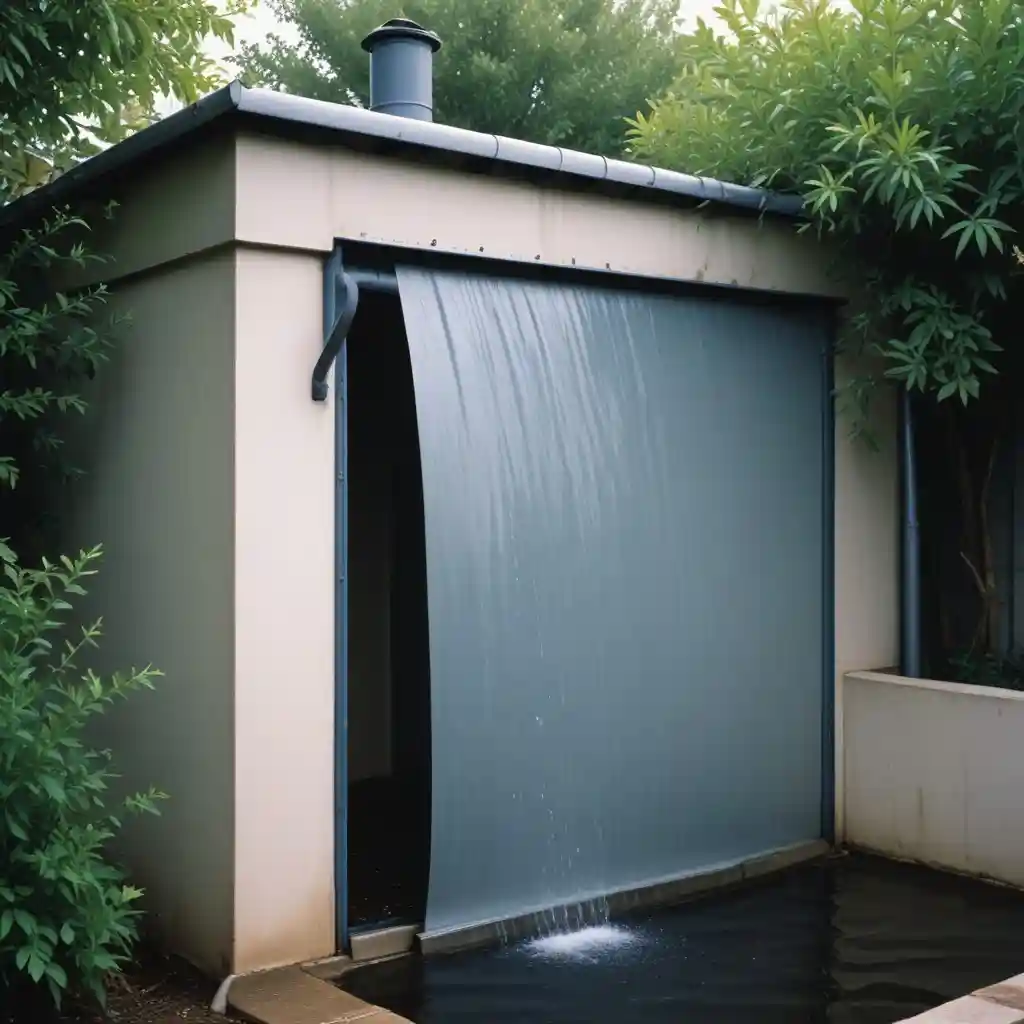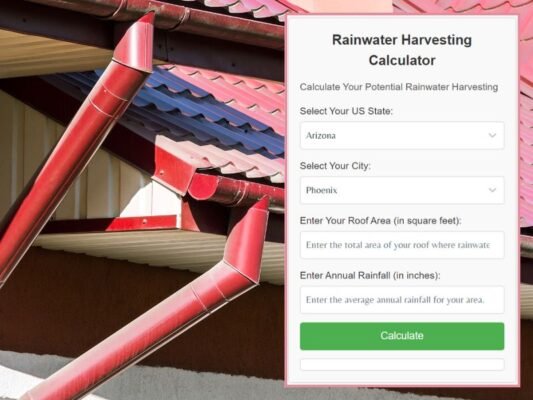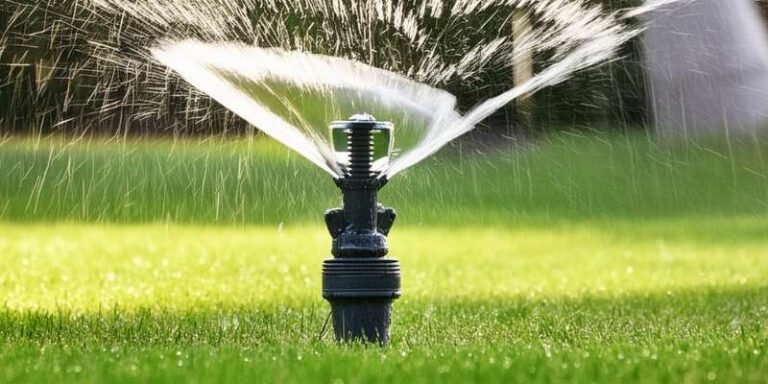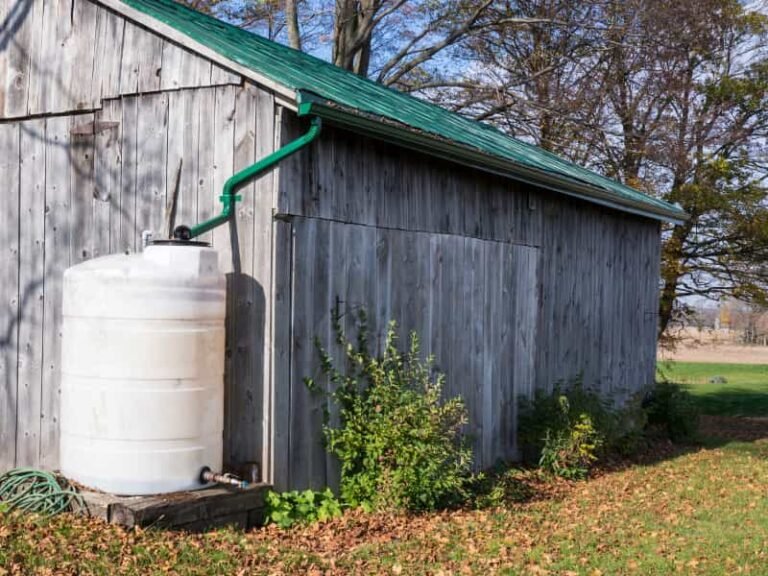Maximize Water Savings: Rainwater Harvesting Calculator
Introduction
Welcome to our blog post on maximizing water savings through the use of a rainwater harvesting calculator. In this article, we will explore the importance and benefits of calculating your rainwater harvesting potential, as well as provide information on local average rainfall, storage solutions, and the formulas and equations used in rainwater collection calculations. We will also introduce you to a rain harvesting calculator and a water usage calculator that can help you determine your rainwater harvesting potential.
Importance/Benefits of Calculating Rainwater Harvesting Potential
Calculating your rainwater harvesting potential is essential for several reasons. Firstly, it allows you to understand how much rainwater you can collect and use for various purposes, such as irrigation, toilet flushing, and laundry. By knowing your potential, you can make informed decisions about the size of your rainwater storage system and the amount of water you can rely on.

Secondly, calculating your rainwater harvesting potential helps you assess the environmental benefits of rainwater harvesting. By using rainwater instead of tap water for non-potable purposes, you can reduce your reliance on the municipal water supply, which in turn conserves water resources and reduces the strain on water treatment plants.
Lastly, calculating your rainwater harvesting potential can also have financial benefits. By using rainwater for non-potable purposes, you can reduce your water bills and save money in the long run. Additionally, some regions offer incentives or rebates for implementing rainwater harvesting systems, further enhancing the financial advantages.
Local Average Rainfall Guide
Before calculating your rainwater harvesting potential, it is important to have an understanding of the local average rainfall in your area. This information will help you estimate the amount of rainwater you can collect throughout the year.
Local weather stations or meteorological websites are good sources of information for average rainfall data. They typically provide historical rainfall records, including monthly or annual averages. By studying these records, you can get an idea of the typical rainfall patterns in your area.
Keep in mind that rainfall patterns can vary from year to year, so it is advisable to consider long-term averages rather than relying solely on recent data. This will give you a more accurate estimate of your rainwater harvesting potential.
Storage Solutions for Your Rainwater Needs
Once you have calculated your rainwater harvesting potential, the next step is to determine the appropriate storage solutions for your needs. The size and type of storage system you choose will depend on factors such as the amount of rainwater you can collect, your water usage requirements, and available space.

There are several options for rainwater storage, including rain barrels, above-ground tanks, and underground cisterns. Rain barrels are the most basic and affordable option, typically ranging in capacity from 50 to 100 gallons. They are suitable for small-scale rainwater harvesting and can be easily connected to downspouts.
Above-ground tanks are larger in size and can hold several hundred to thousands of gallons of rainwater. They are more suitable for larger properties or those with higher water usage needs. These tanks can be placed on a platform or stand to provide gravity-fed water pressure.
Underground cisterns are another option for rainwater storage. These tanks are buried underground, which helps to save space and maintain the aesthetic appeal of your property. Underground cisterns can hold a significant amount of rainwater and are often used in commercial or larger residential applications.
When choosing a storage solution, consider factors such as cost, maintenance requirements, and local regulations. It is also important to ensure that the storage system is properly designed and installed to prevent contamination and maximize the lifespan of the stored rainwater.
Rainwater Collection Calculation Formulas and Equations
Calculating your rainwater harvesting potential involves using specific formulas and equations to estimate the amount of rainwater you can collect. These calculations take into account factors such as the size of your collection surface, the efficiency of your collection system, and the local average rainfall.
One commonly used formula for rainwater collection calculation is:
Water Harvested (in gallons) = Collection Surface Area (in square feet) x Rainfall (in inches) x Collection Efficiency
The collection surface area refers to the area where rainwater is collected, such as the roof of your house or a dedicated rainwater collection surface. The rainfall is the average amount of rainfall in inches, and the collection efficiency represents the effectiveness of your collection system in capturing rainwater.
It is important to note that the collection efficiency can vary depending on factors such as the cleanliness of your collection surface, the presence of obstacles or vegetation, and the design of your collection system. It is advisable to consult with a rainwater harvesting professional or use an online calculator to determine the appropriate collection efficiency for your specific situation.
Rain Harvesting Calculator
To simplify the process of calculating your rainwater harvesting potential, you can use a rain harvesting calculator or a water usage calculator. These online tools allow you to input relevant data, such as the size of your collection surface, the average rainfall in your area, and your water usage requirements.
Rainwater Harvesting Calculator
Calculate Your Potential Rainwater Harvesting
The calculator will then provide you with an estimate of the amount of rainwater you can collect and how it can fulfill your water usage needs. Some calculators may also consider factors such as the efficiency of your collection system and the local regulations regarding rainwater harvesting.
Water Usage Calculator
Water Uses Calculator
Estimate Your Water Usage
Using a rain harvesting calculator or a water usage calculator can save you time and effort in manually performing the calculations. It can also help you make informed decisions about the size of your storage system and the potential savings in water bills.
Frequently Asked Questions
How much rainwater can you harvest from your roof? / How Much Rainwater Can You Harvest?
The amount of rainwater you can harvest depends on various factors such as your roof size and average rainfall in your area. By utilizing our rainwater harvesting calculator, you can estimate the potential amount of water you can collect and utilize for various purposes.
What type of roof do you have?
Roofs come in different types including flat, sloped, metal, or asphalt. Regardless of the type, with proper guttering and filtration systems, all roofs can effectively collect rainwater for your use.
Don't know your roof area? Let's calculate it.
Utilize our user-friendly calculator to determine the precise area of your roof. This crucial information will help maximize your rainwater harvesting potential and sustainability efforts.
What will you use the water for?
Rainwater serves various purposes such as landscaping, gardening, vehicle washing, and toilet flushing. Utilizing rainwater for these tasks can lead to significant savings on your utility bills while promoting environmental sustainability.
Where are You Going to Store all that Rainwater?
Explore storage options such as above-ground or underground tanks, barrels, or cisterns to efficiently store the rainwater you collect. Proper storage ensures you have access to water whenever you need it.
What size of water tank do I need?
The size of your water tank depends on factors like your roof area, average rainfall, and your intended usage. Our calculator can help you determine the optimal tank size to meet your specific needs.
How do you calculate rainwater catchment?
Rainwater catchment is calculated by multiplying your roof area by the average rainfall and the runoff coefficient. This calculation helps estimate the potential amount of rainwater you can collect from your roof.
How do you calculate rainwater tank capacity?
Rainwater tank capacity is determined based on factors such as your roof area, average rainfall, and desired storage duration. Utilize our calculator to ensure you select the right tank size to meet your water storage needs effectively.
Conclusion
Calculating your rainwater harvesting potential is a crucial step in maximizing water savings and promoting sustainable water use. By understanding the importance and benefits of rainwater harvesting, as well as utilizing tools such as a rain harvesting calculator and a water usage calculator, you can make informed decisions about implementing a rainwater harvesting system and optimizing your water usage.
Remember to consider factors such as local average rainfall, storage solutions, and the formulas and equations used in rainwater collection calculations. By doing so, you can contribute to water conservation efforts, reduce your water bills, and make a positive impact on the environment.




